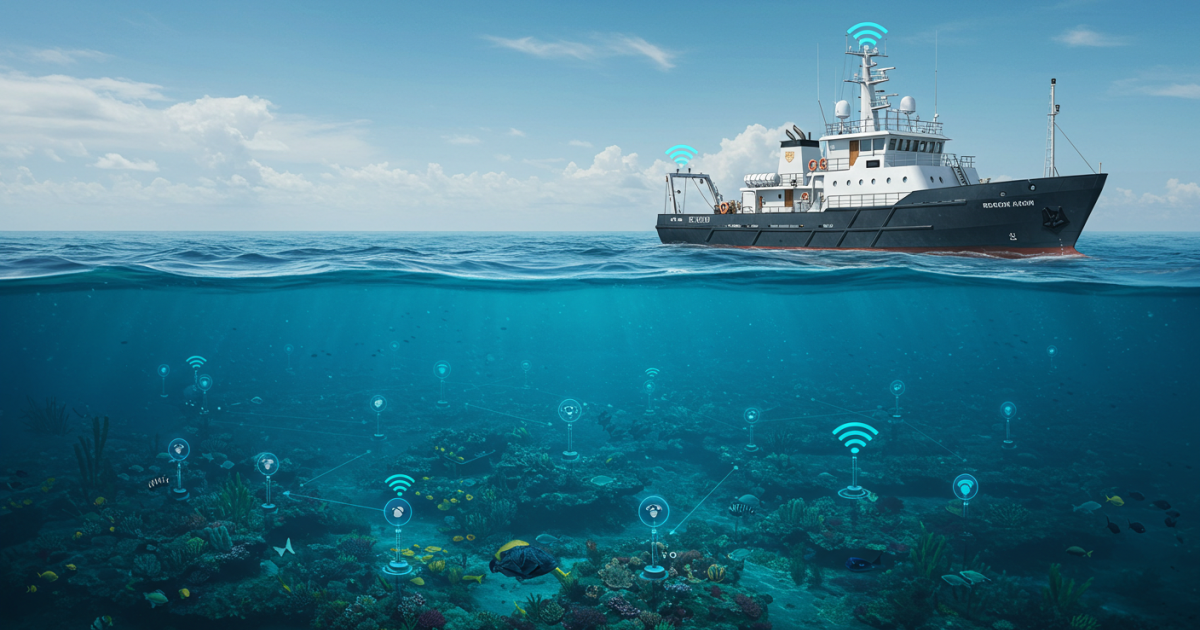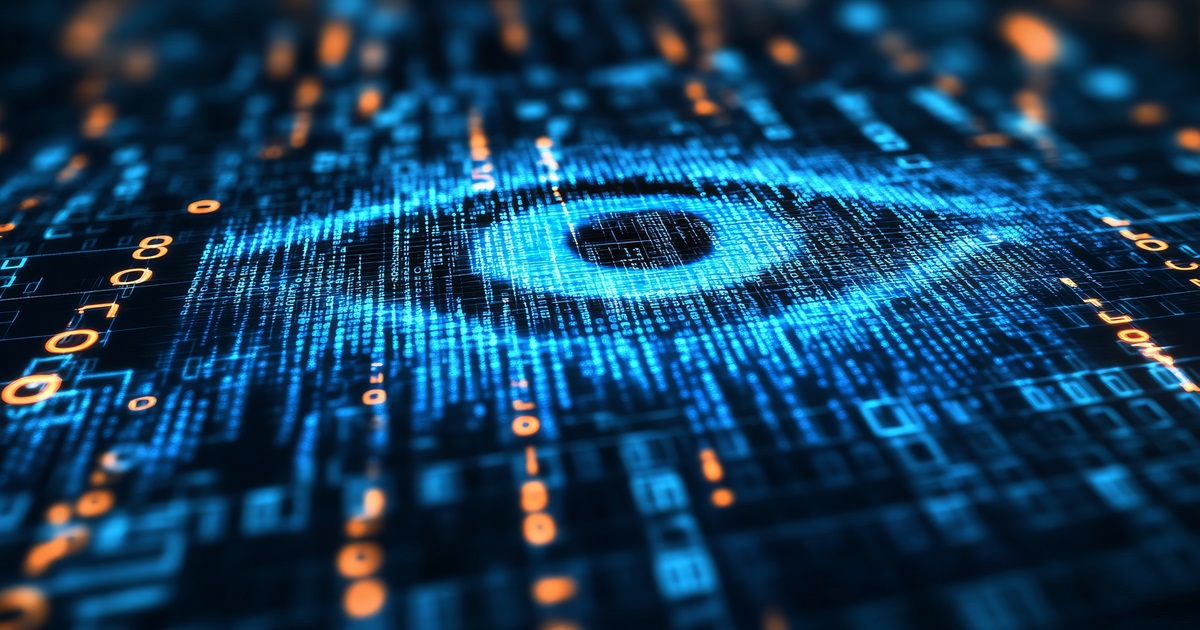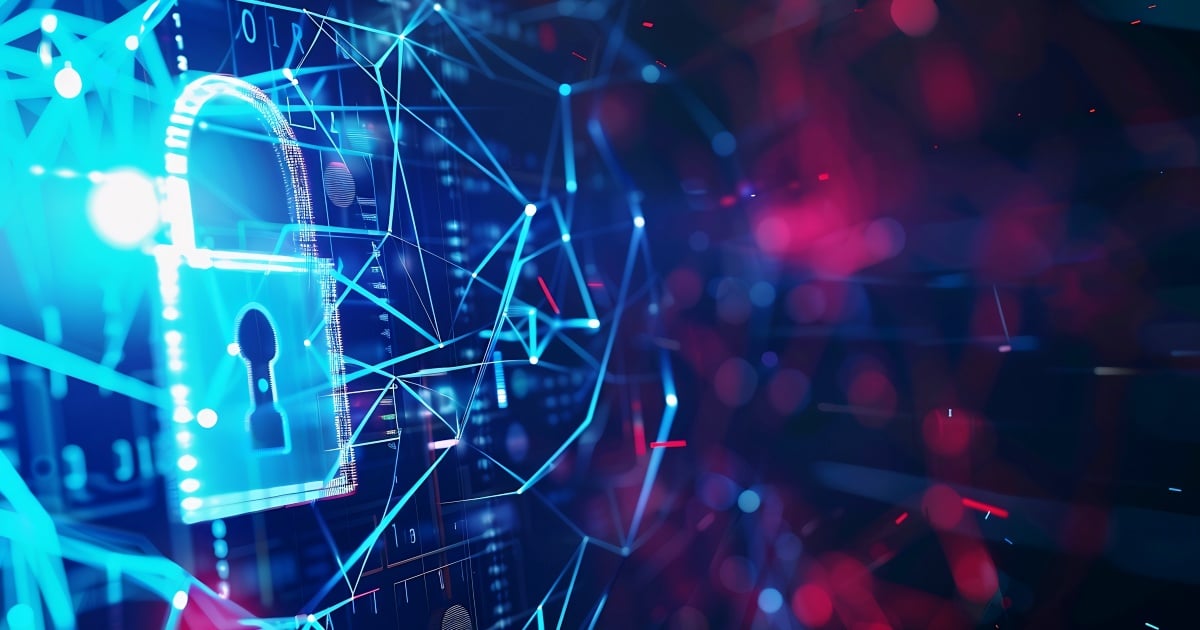
Over the weekend, I was scouring the Internet for different applications because I didn’t want to rehash the same stories you have read countless times already. Don’t get me wrong, I will still write about the major applications, but I was looking for, as Monty Python used to say “something completely different.” In my search, I happened upon an IoT solution from a company called CSignum.
CSignum is a different kind of wireless solution used in typically hard-to-reach environments, such as underwater and underground applications. CSignum accomplishes this using a technology it calls “HydroFI.”
As the name suggests, it does well in underwater conditions because it utilizes low-frequency (AC Modulation at 3Khz) electromagnetic (EM) fields. This low frequency avoids interference with other machines, which enables monitoring of otherwise difficult applications. For example, the technology has been used to monitor stress on a propeller shaft on ships and underground sewage systems, and for maritime security, water quality monitoring, energy applications and industrial operations.
HydroFI also overcomes underwater communication limitations of acoustic or optical signals and seamlessly moves from underwater and underground to airborne situations and uses LTE-M for backhaul when necessary.
As you might expect, it does have range limitations. For example, CSignum’s EM-1 demonstrated up to 28m (92ft) transmission distance.
The EM-2 platform can transfer data using electromagnetic fields at distances up to 170 meters (558 feet), which can be extended with an external antenna to 230 meters (755 feet). With an acoustic gateway, the range can be extended to 2km (1.25 miles).
CSignum is a start up with a team of experienced entrepreneurs that are working on enhancing range, data rate, and battery life to support its goal to provide reliable data transmission at consistent data rates.
What struck me was the opportunity to work in harsh environments. I suspect that mining and oil wells (particularly ocean wells and fracking) will become early adopters of the technology using a variety of sensors.
Personally, I would also think that a LoRaWAN gateway solution would be beneficial, particularly with the underwater solutions.
I have asked to stay in the loop, and they have offered to answer my future questions, so if you want me to ask on your behalf, please email [email protected].
Edited by
Erik Linask





